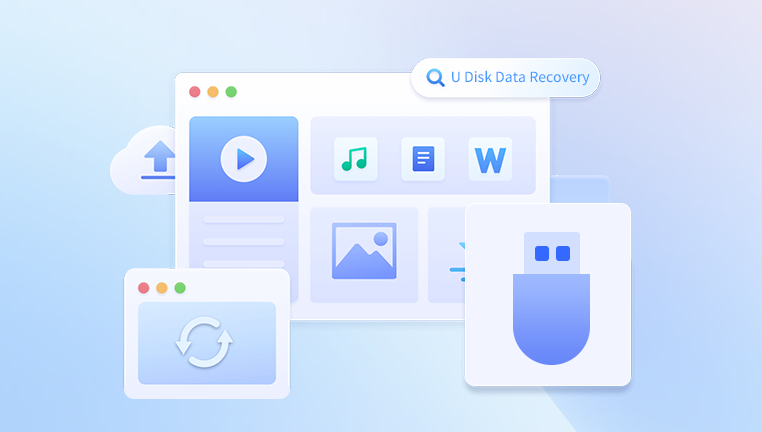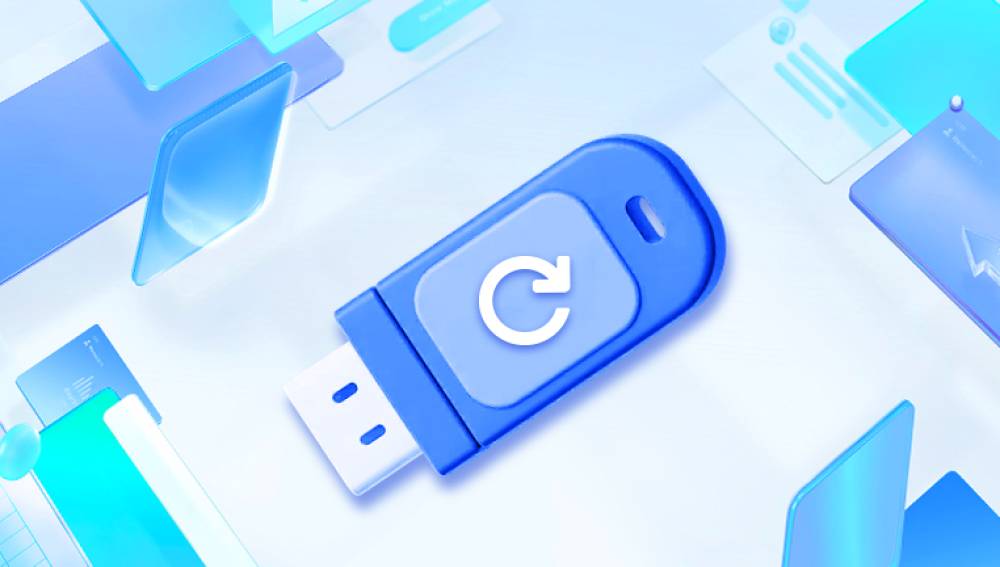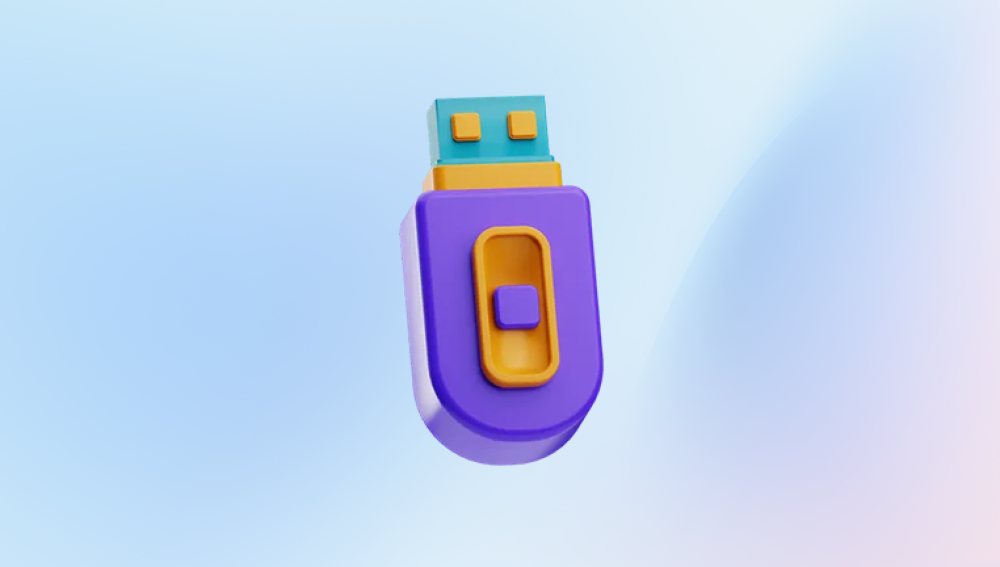USB drives are widely used for storing and transferring data due to their portability and convenience. However, data loss from a USB drive can occur due to accidental deletion, formatting, corruption, or malware attacks. When files are deleted from a USB drive, they do not go to the Recycle Bin but are instead marked as free space, making them recoverable until they are overwritten by new data.
When a file is deleted from a USB drive, the operating system removes its reference in the file system but does not immediately erase the data itself. Instead, it marks the space as available for new data. This means that recovery is possible as long as the deleted data has not been overwritten.
Common Causes of Data Loss
Accidental Deletion: Deleting files without backups.
Formatting: Formatting a USB drive erases all stored files.

File System Corruption: A corrupted file system can make data inaccessible.
Virus or Malware Attack: Malicious software can delete or encrypt files.
Physical Damage: Hardware failure may lead to data loss.
Methods to Recover Deleted Files from a USB Drive
1. Check for Backups
If you have a backup of the lost files, restore them from your external backup or cloud storage. Common backup solutions include:
OneDrive, Google Drive, or Dropbox
Windows File History
External hard drives
2. Use the Windows Command Prompt (CMD)
The Windows command prompt has a built-in tool called chkdsk and attrib that can sometimes recover lost files.
Steps:
Insert your USB drive into the computer.
Open Command Prompt as Administrator.
Type chkdsk X: /f (replace X with the USB drive letter) and press Enter.
After the scan, type attrib -h -r -s /s /d X:\*.* and press Enter.
Check your USB drive for recovered files.
3. Use File History or Previous Versions (Windows)
If File History is enabled on your system, you may be able to restore previous versions of files.
Steps:
Right-click the USB drive in File Explorer.
Select "Properties" and navigate to the "Previous Versions" tab.
Choose a previous version and click "Restore."
4. Recover Files Using Third-Party Software
USB drives are one of the most commonly used storage devices, but accidental file deletions, formatting errors, or corruption issues can lead to data loss. Fortunately, Drecov Data Recovery provides a reliable way to restore deleted files from USB drives, ensuring your important documents, photos, and other files are not lost forever.
Step 1: Download and Install Drecov Data Recovery
Visit the official Drecov Data Recovery website.
Download and install the software on your computer.
Launch the program to begin the recovery process.
Step 2: Connect the USB Drive
Insert the USB drive into your computer’s USB port.
Ensure the device is detected. If it doesn’t appear, try using a different port.
Step 3: Select the USB Drive for Scanning
Open Drecov Data Recovery.
Choose the USB drive from the list of available devices.
Click on Scan to start searching for deleted files.
Step 4: Preview and Select Recoverable Files
After scanning, Drecov Data Recovery will display a list of recoverable files.
Use the preview option to check file integrity before restoring.
Select the files you want to recover.
Step 5: Restore the Files
Click Recover and choose a safe location on your computer (avoid saving back to the USB drive to prevent data overwriting).
Wait for the process to complete.
5. Use Built-in macOS Recovery Tools
For Mac users, data recovery can be done using Time Machine or Disk Utility.
Using Time Machine:
Connect your USB drive to the Mac.
Open Time Machine and browse backups for the deleted files.
Restore the required files to a safe location.
6. Professional Data Recovery Services
If software solutions fail, professional data recovery services can help. Companies like DriveSavers and Ontrack specialize in recovering lost data from damaged or inaccessible USB drives.
When to Consider Professional Help:
Physically damaged USB drives
Critical data loss
Failed attempts with recovery software
7. Preventing Future Data Loss
To avoid losing important files in the future, follow these best practices:
Regularly back up your data to cloud or external storage.
Use reliable antivirus software to prevent malware attacks.
Safely eject USB drives before removing them from the computer.
Avoid using the USB drive after accidental deletion to prevent overwriting.




